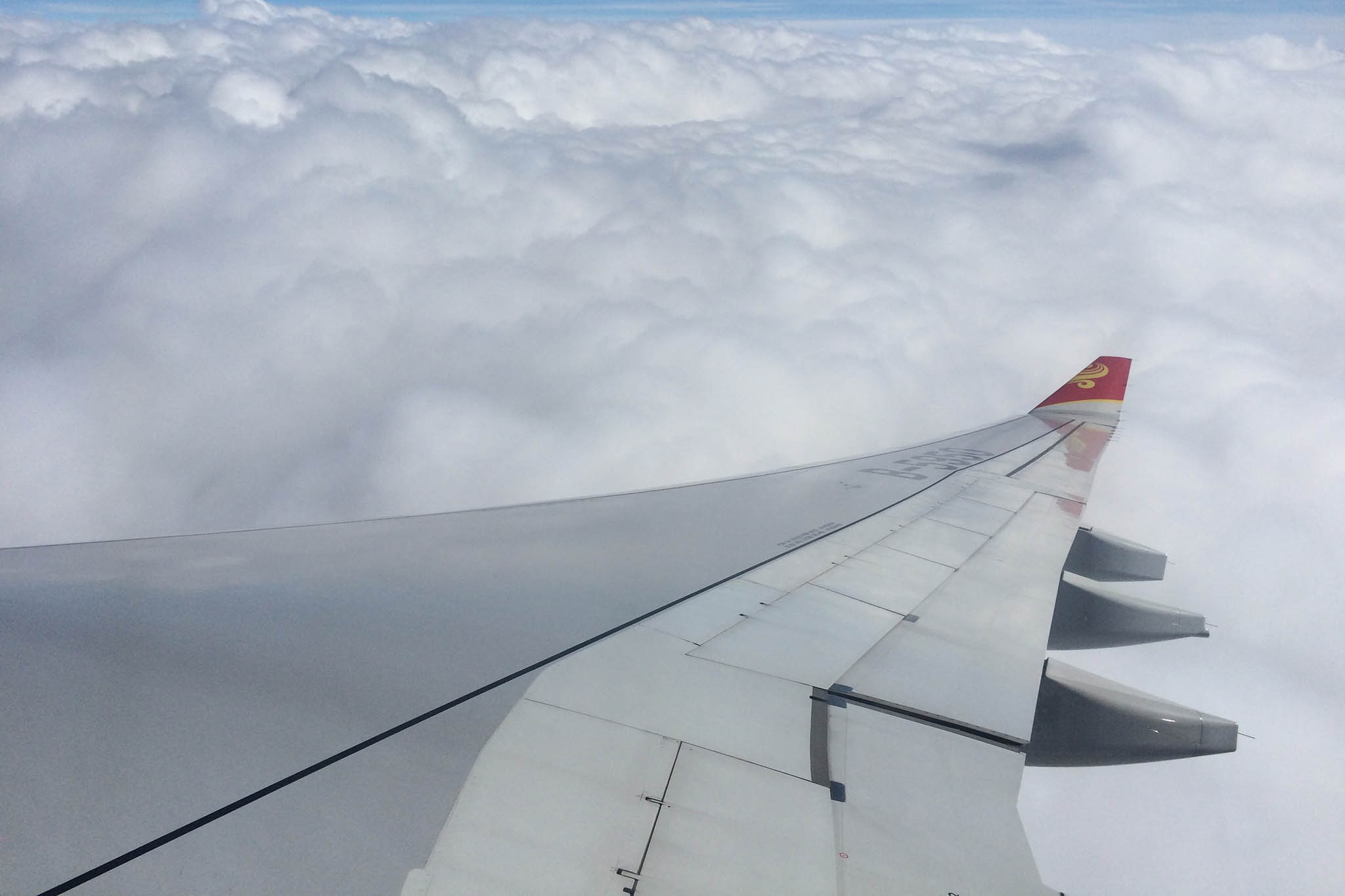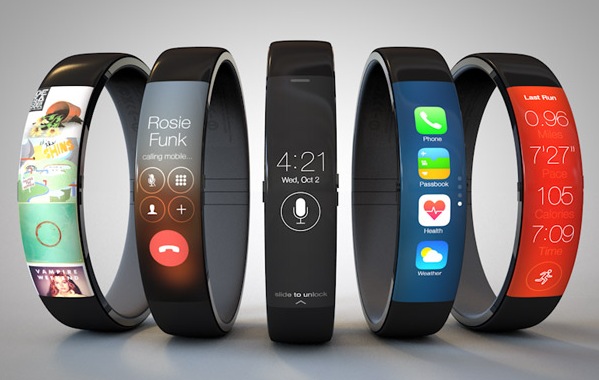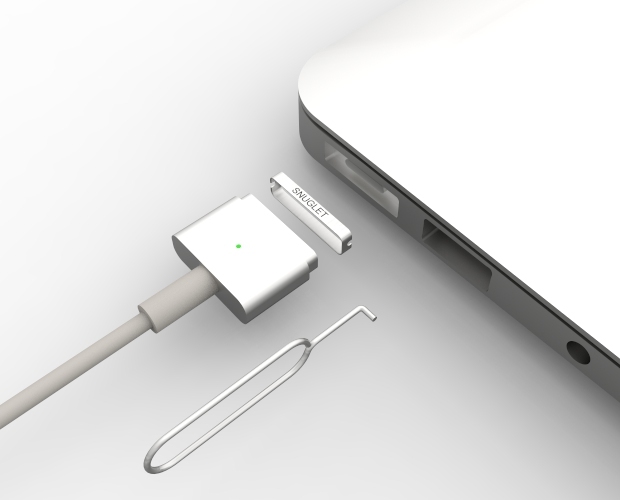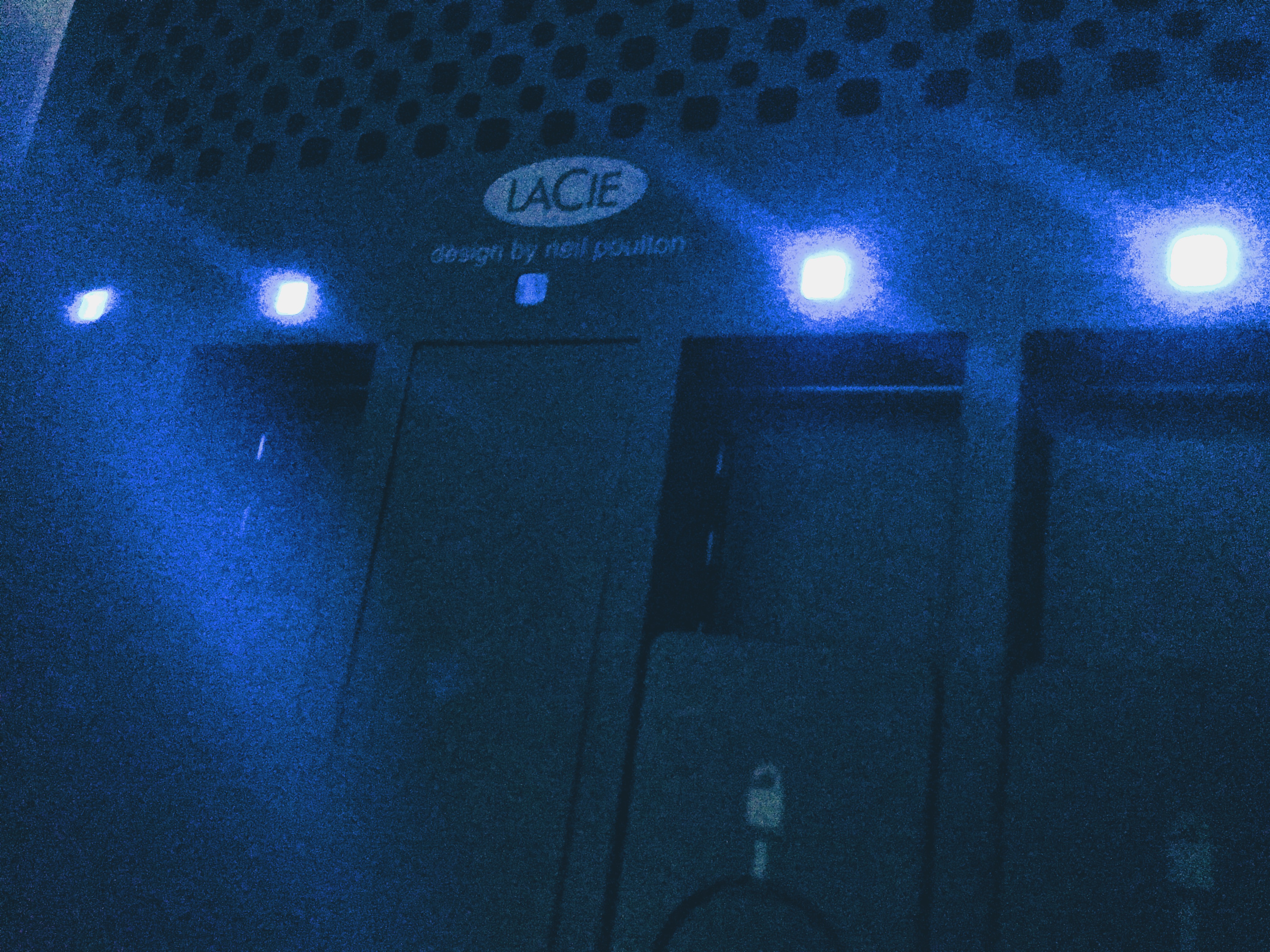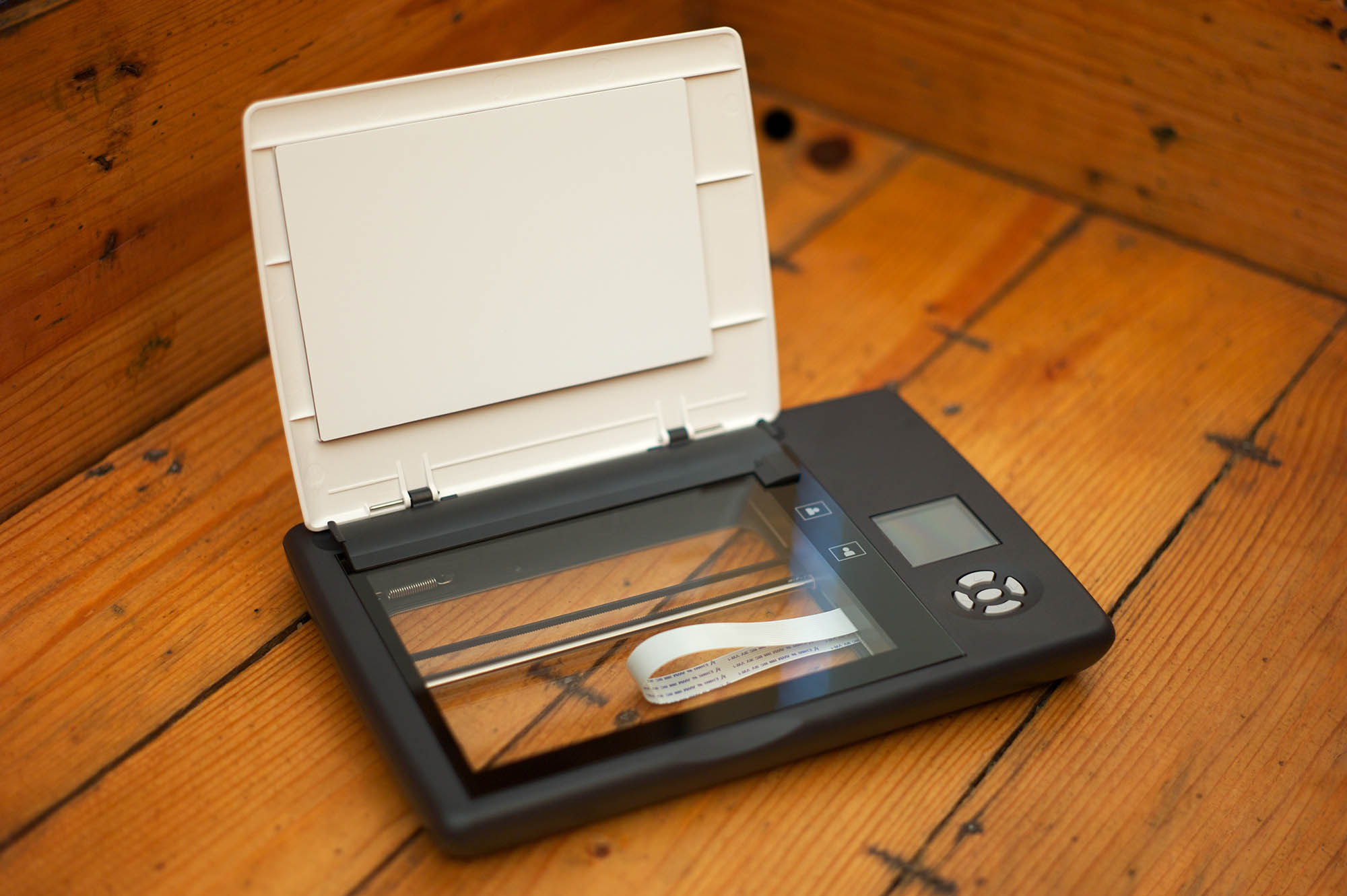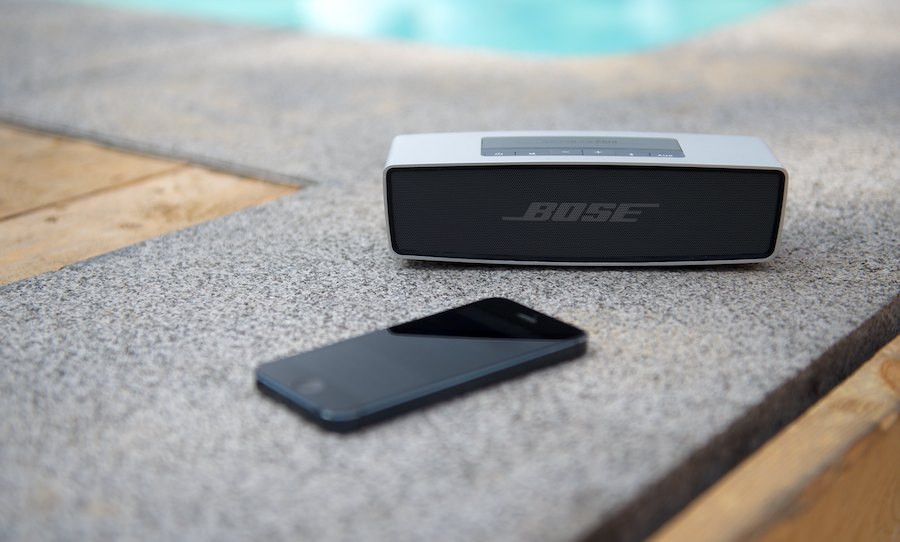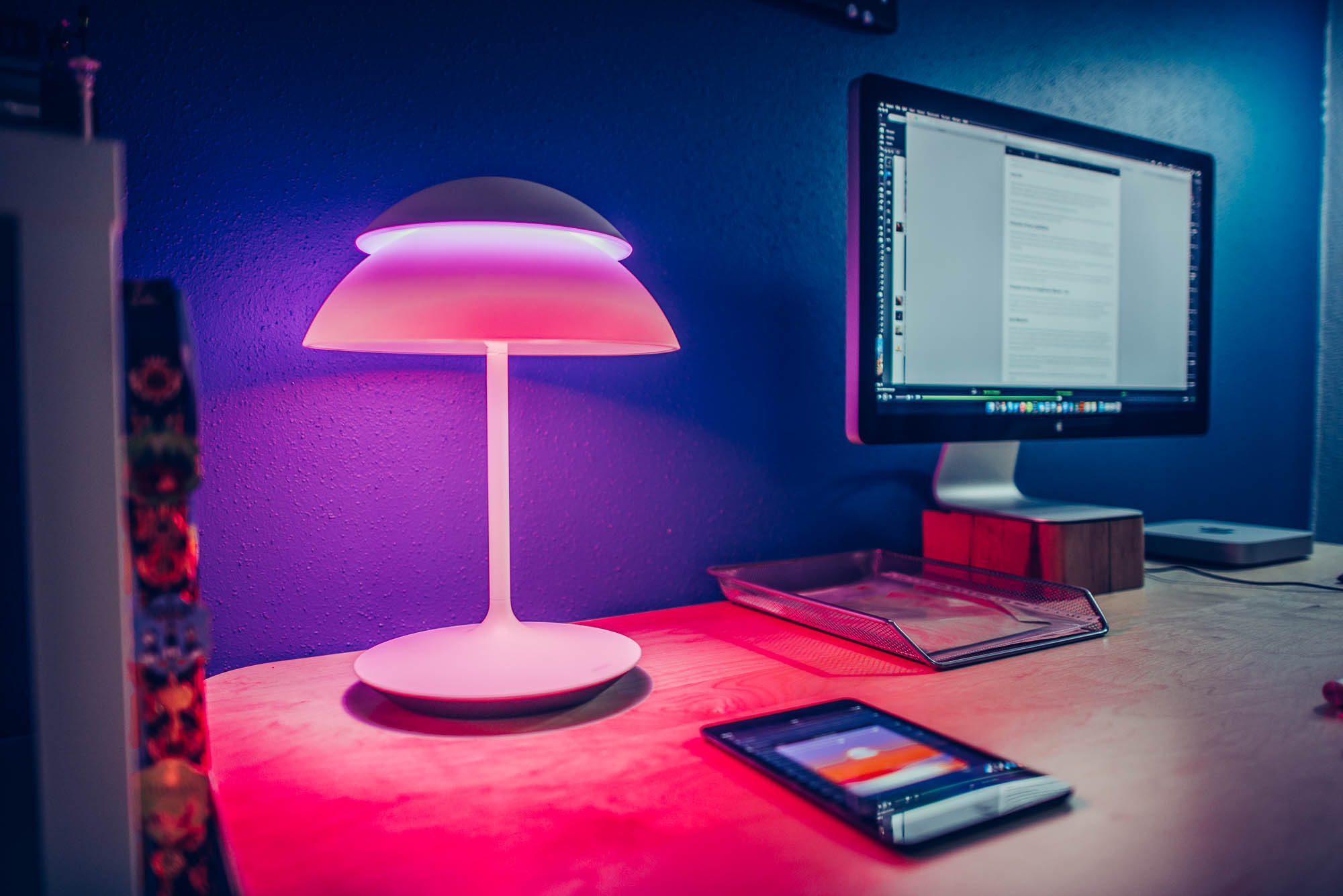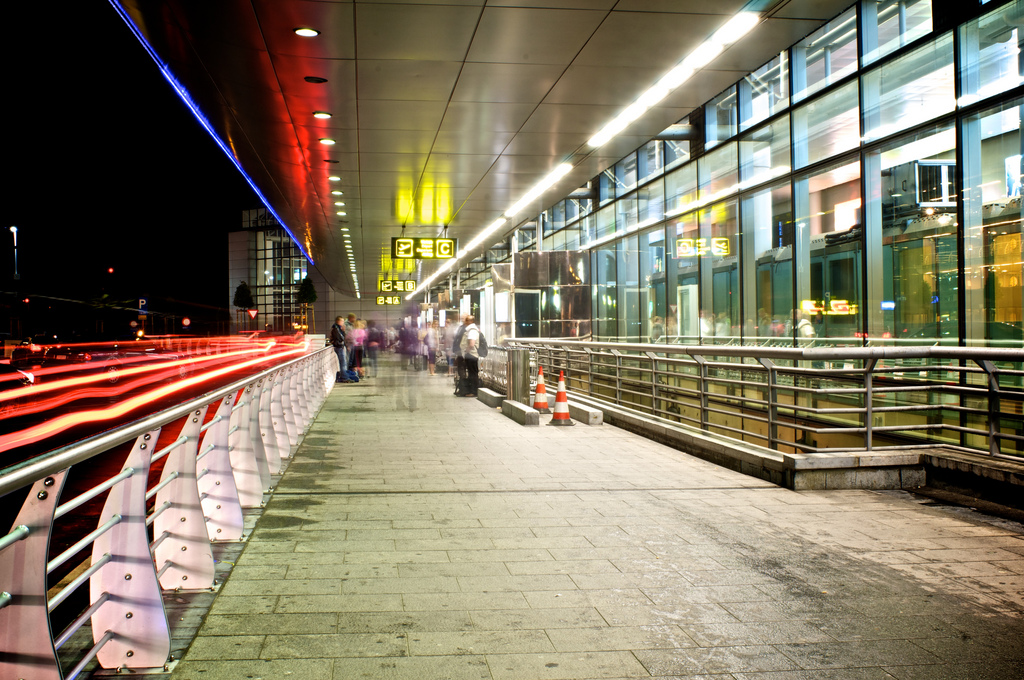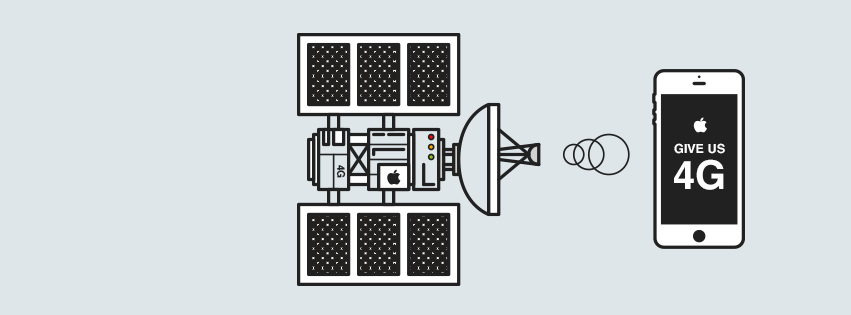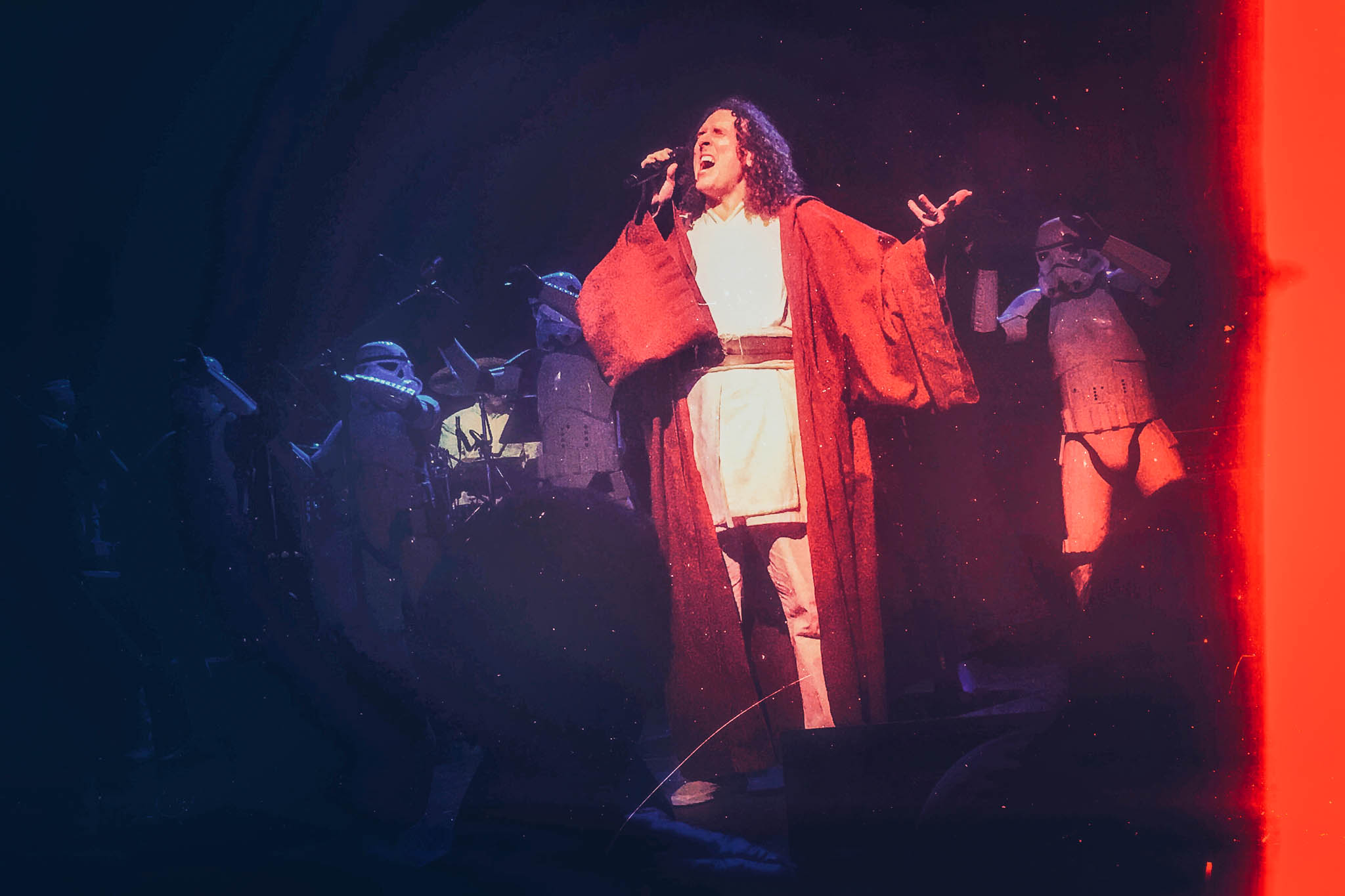When our resident Video Genius Timo asked me for tips flying to Sweden on assignment, I figured, why not make an article about it. For those who do not frequently have to pass security checkpoints and board planes, it can seem like a daunting task, so here are some tips for the flying creative.
When packing, make a selection of the mission critical gear that you absolutely need to work. Just imagine your luggage goes missing! So keep that great in your carry-on bag. My buddy Jesse Willems, a great photographer, told me a while ago that when he traveled to the states, he had to check his Pelicase and every one of his lenses where broken. Good thing he was insured.
As I find travel time quite interesting to work, I always carry my laptop or iPad with me in my carry-on as well, so keep that in mind as well.
Most airplanes have a limit on the dimensions and weights of your carry-on. Some enforce it religiously, some not. Flying to Göteborg in Sweden I carried a big backpack filled to the limit with camera gear, which did not get checked in Belgium. When flying back, I got charged with an overweight luggage fee which cost more than my ticket. Auch. When flying to China, I confiscated my partners carry-on bag to spread weight of all the lenses and camera bodies. Then again, she only needed a book so no problem there.
Going through security, most airports require you to take out your ‘electronics’ out of your bag to go through the x-ray machine. Though what these electronics are depend on each airport it seems. In the States, an iPad classifies as a single-layer device, and according to TSA rules it should not be taken out of your bag. In Europe on the other hand, tablets and notebooks need to be taken out and placed in a separate tray. So be sure to get a bag where you have easy access to your laptop.
Camera gear can remain packed most of the times. In Beijing on the other hand, I had to take out everything electronic, including chargers, batteries, lenses, and place them in a separate tray. This was one of the most nerve-wracking things I ever had to do in an airport, as I was shooting a wedding. My carry-on included: two Nikon Pro DSLR, five lenses, a load of chargers, cables, batteries, a MacBook Pro, a hard drive and an iPad Mini. All neatly packed in one Pelican 1510 case. The face of the security officer was a mixture of humor at the fact the gear kept coming, and feeling sorry for me that I had to do ALL of that for him. In the end, my case got sent through the x-ray machine empty, with a full tray loaded with the technology equivalent of quite a few years of life-savings.

Talking about that pelicase, when leaving in Brussels, airport security pulled my case, and discovered some fireworks sparklers hidden between the case and the padding. Woops! Somehow they had been in there for a year, another wedding leftover. Good thing it was discovered there, as I’m sure explaining that to the Chinese government wouldn’t be that easy. What is disturbing about this, weeks earlier, I passed by the Eurostar security with the same bag, without a single person noticing.
Another pro-tip. Since you need to take off your jacket and place it in a tray, put your belt and all your small electronics like phones and watches in your jacket pockets, so you can just pass the metal detector without a hitch.
Now, boarding the plane! Don’t wait too long with boarding, since you want your bag to be in the overhead compartment first. Take out gear you want to use on the plane itself like a laptop or iPad before take-off, so you don’t have to open your compartment every time during the flight. Most planes these days offer USB ports for charging, but your millage may vary. So a battery packs can be handy. Recent FAA and EASA guidelines allow you to use electronics like your phone and tables during all stages of the flight, if they activated Airplane Mode. China law still prohibit the use of phones during the flight on Chinese airlines, even if Airplane Mode is activated. So no Temple Run for you!
So, that was everything, sit back and enjoy the flight!

